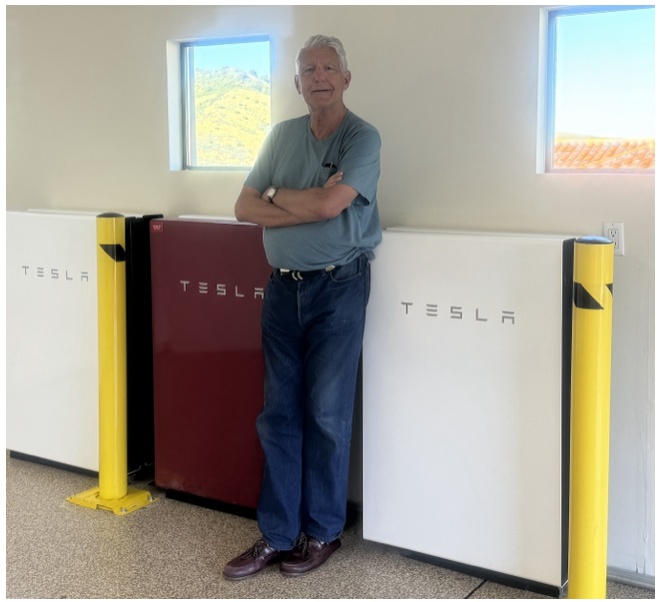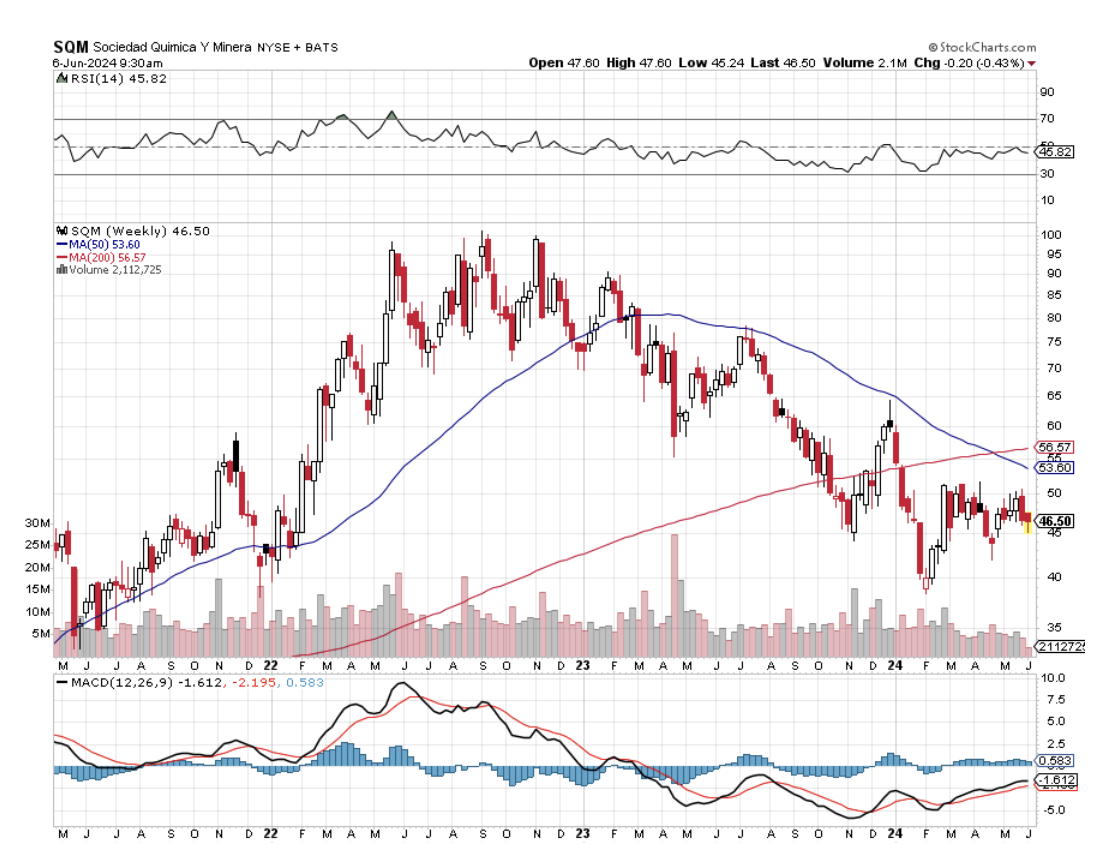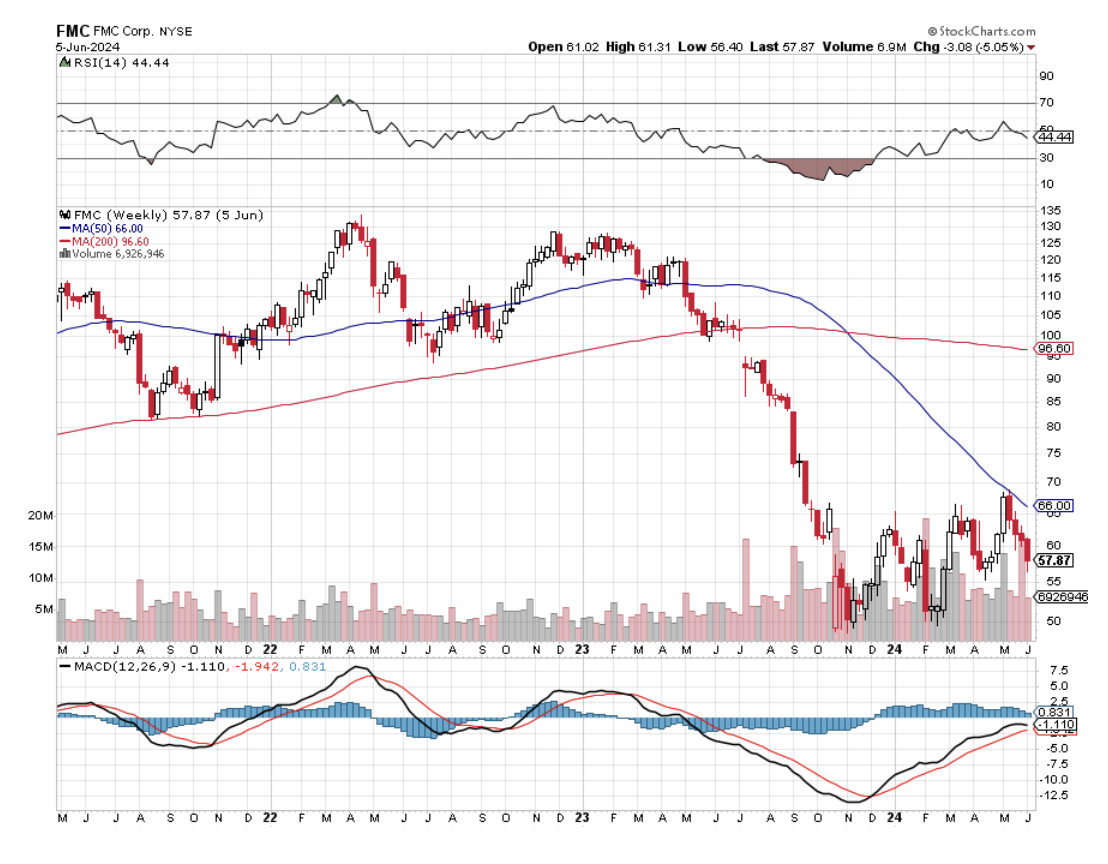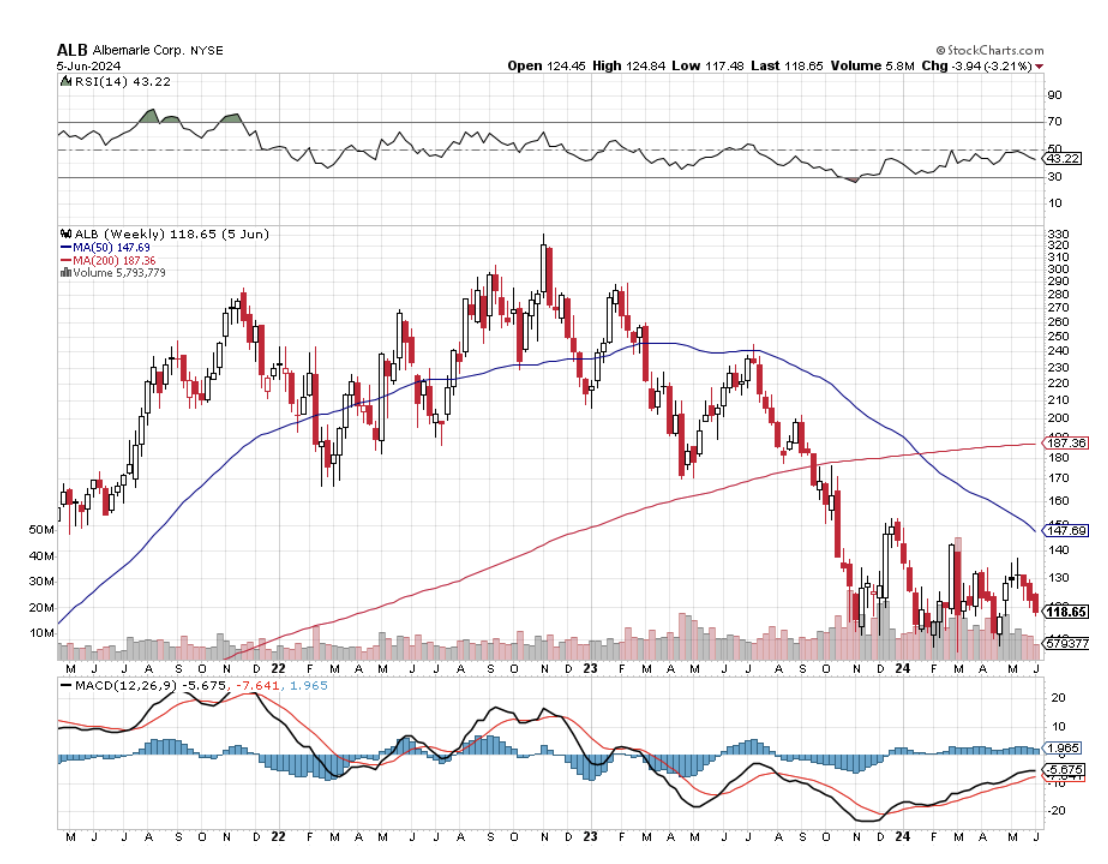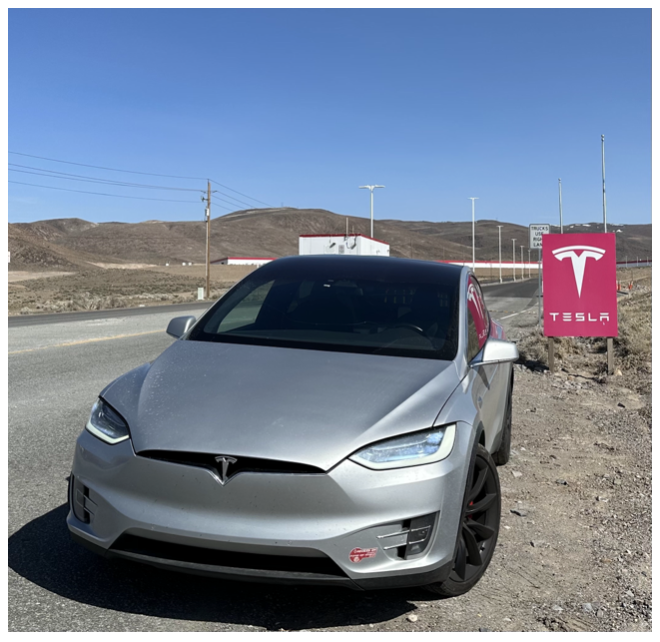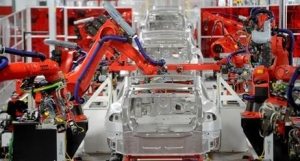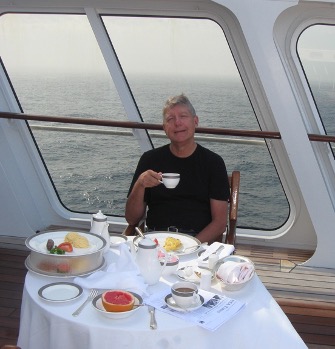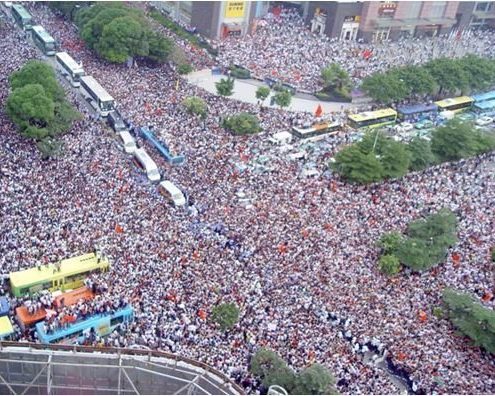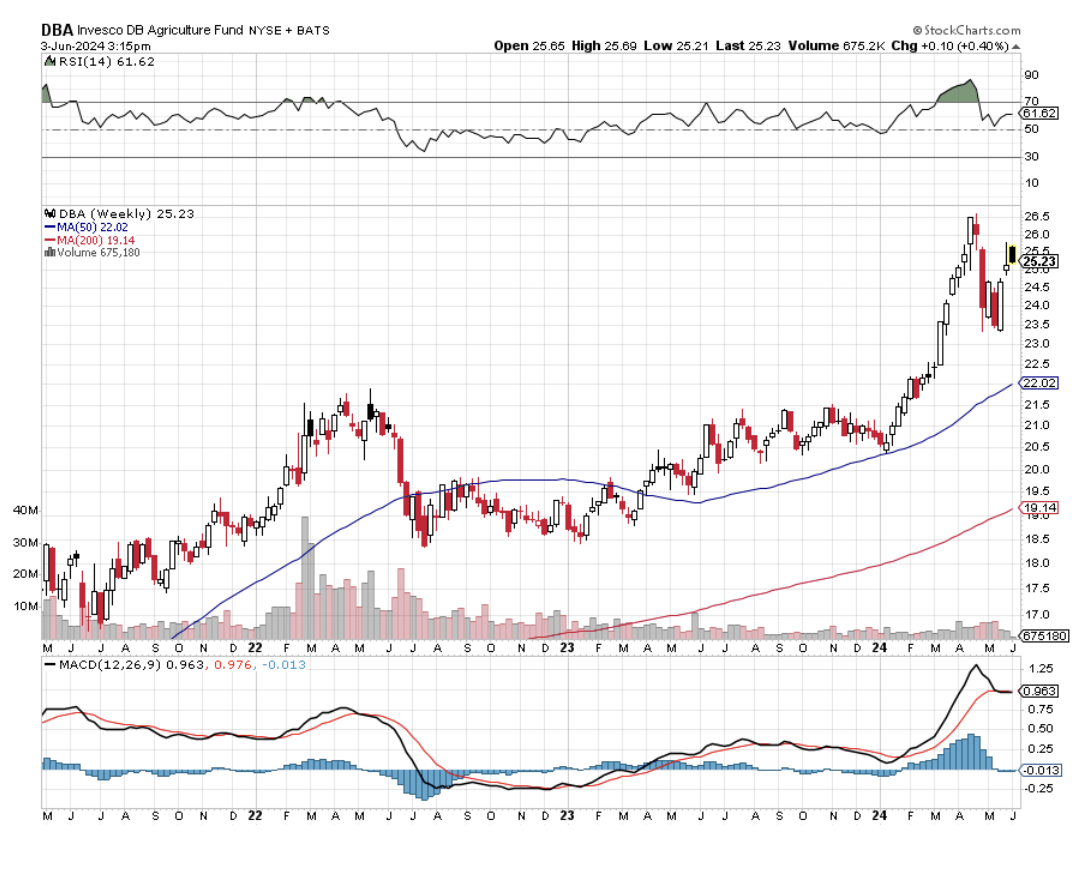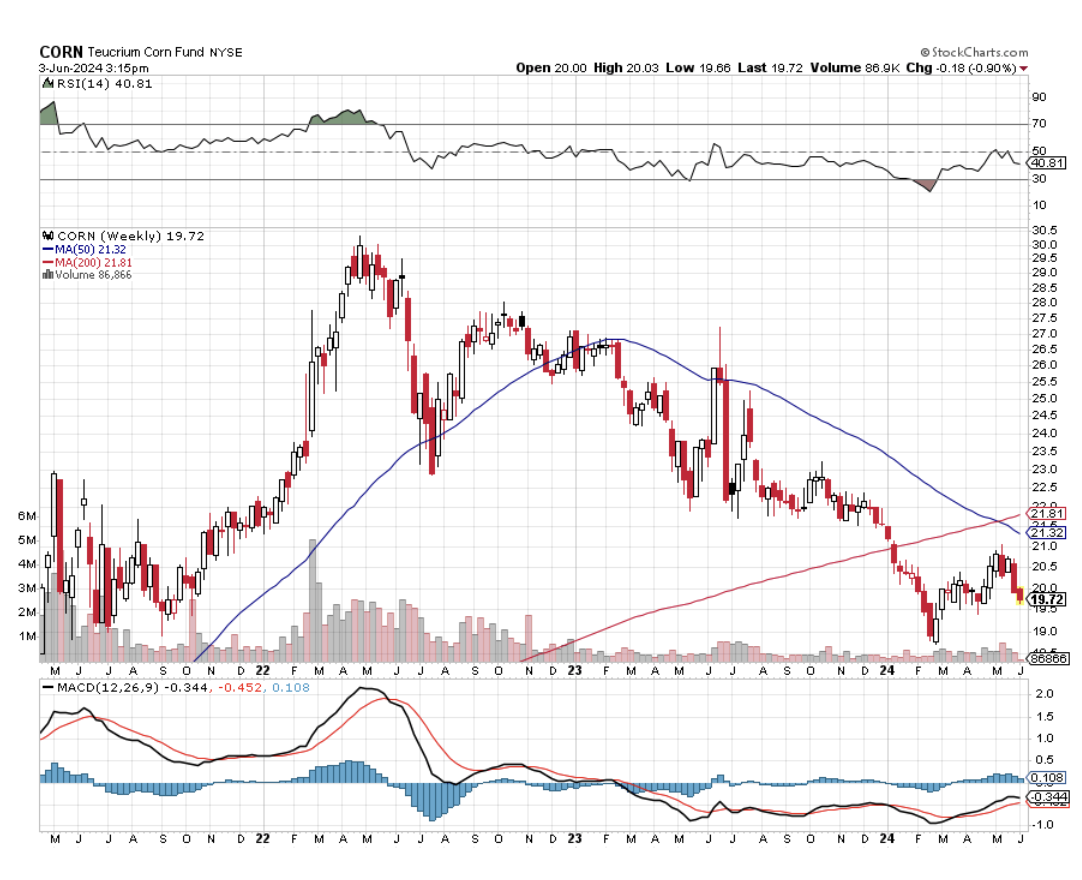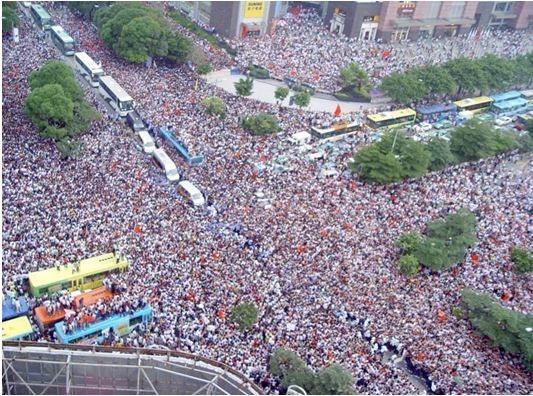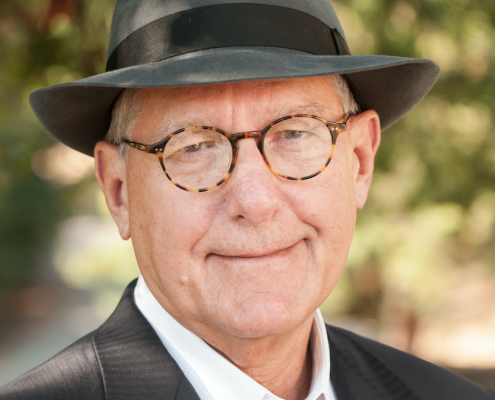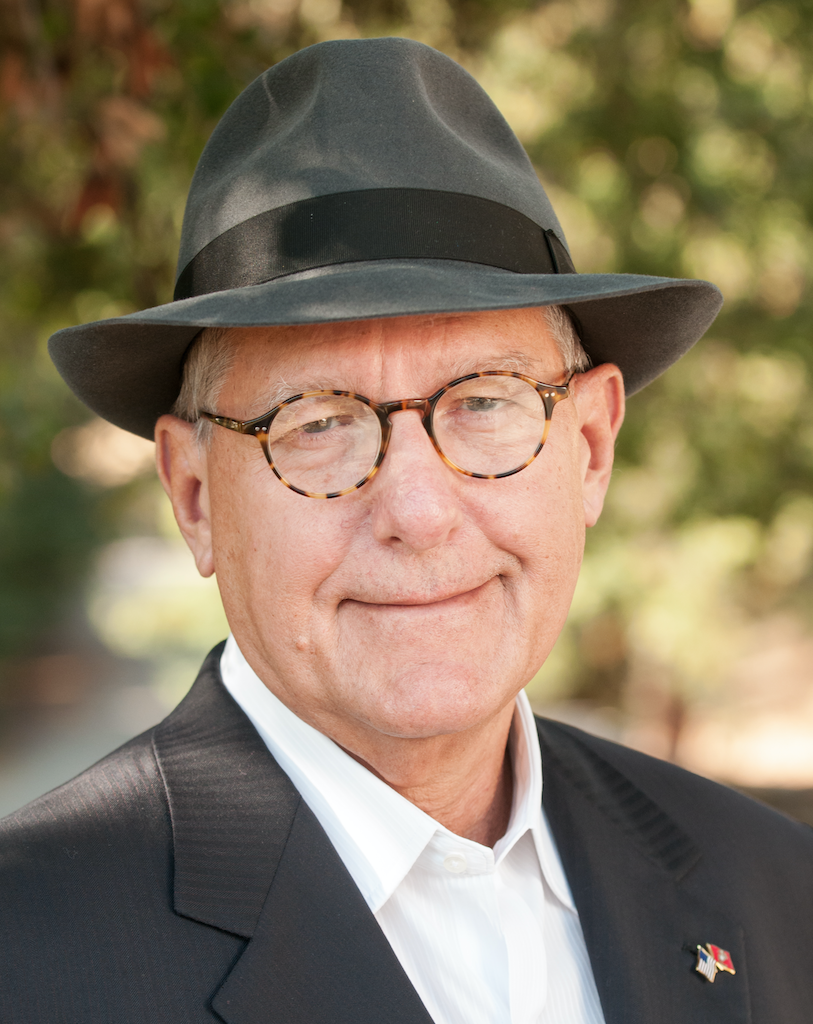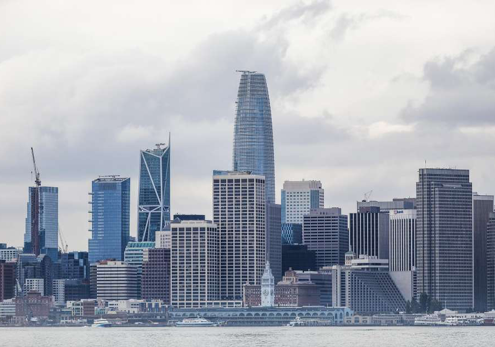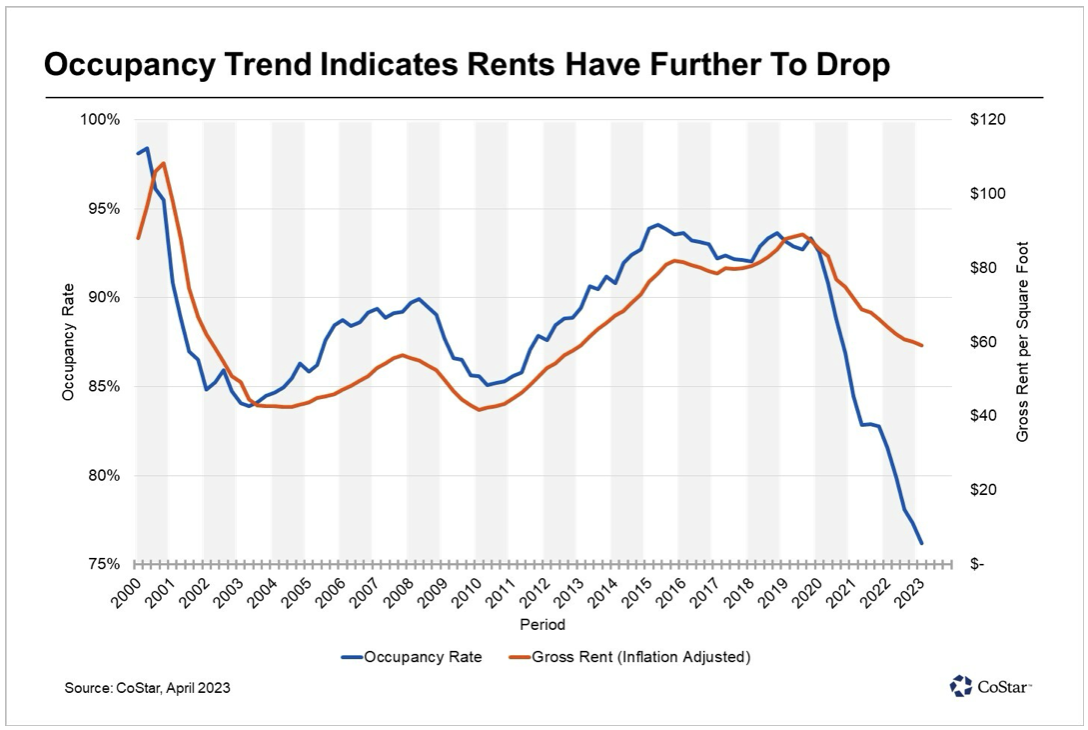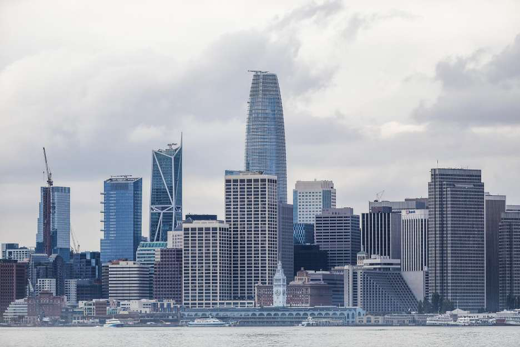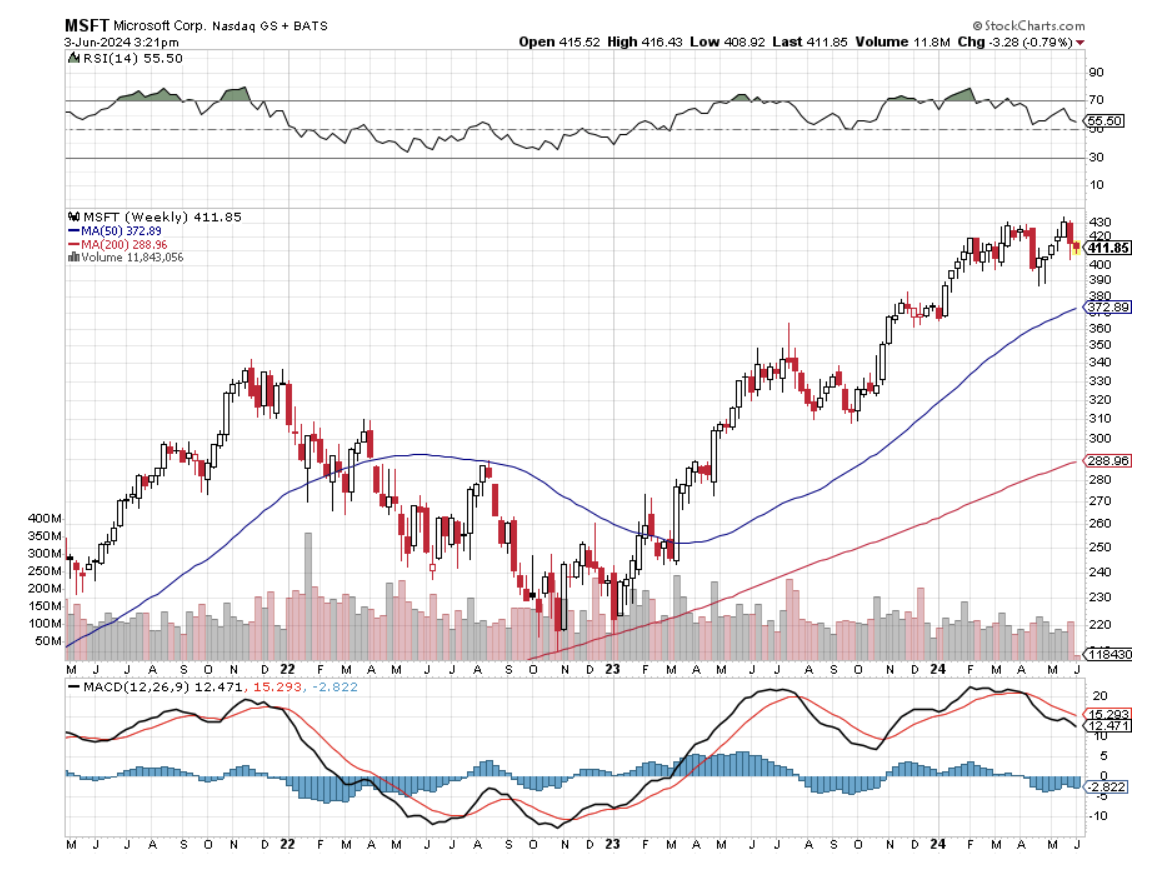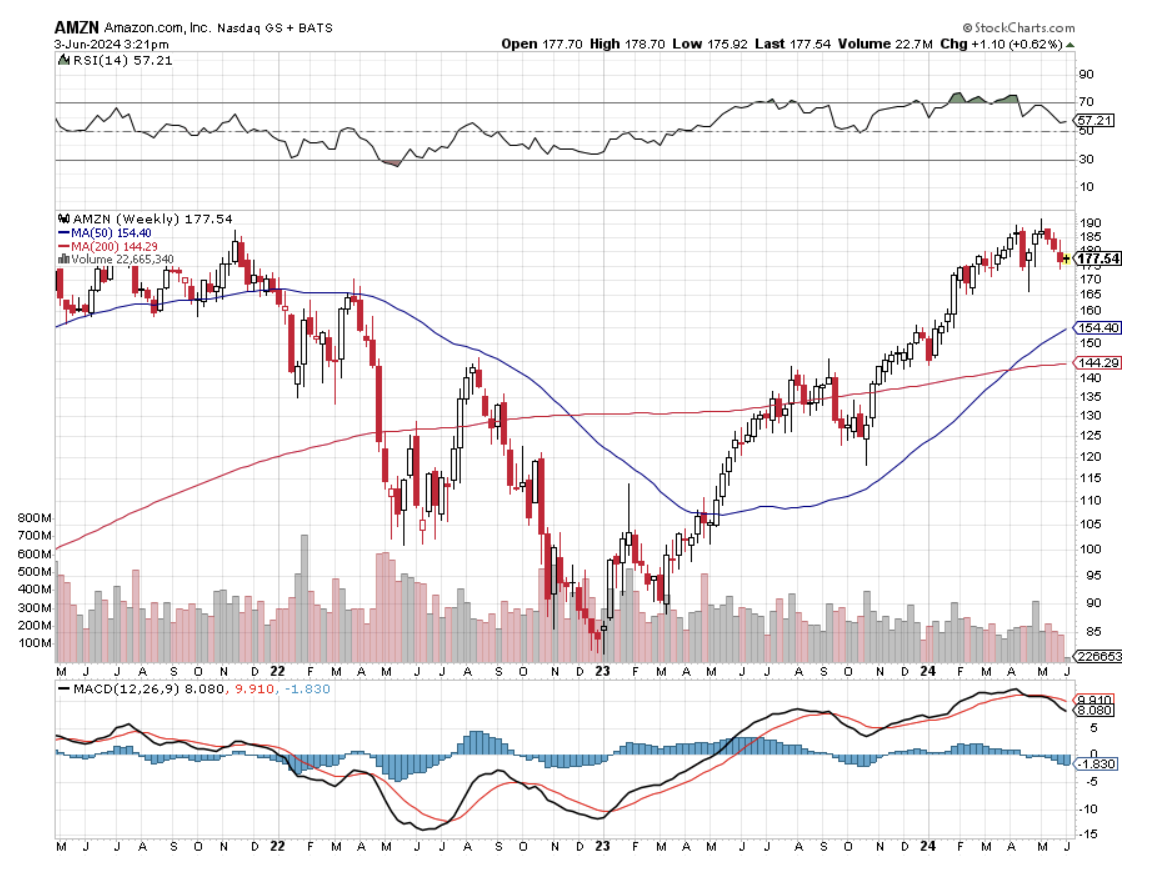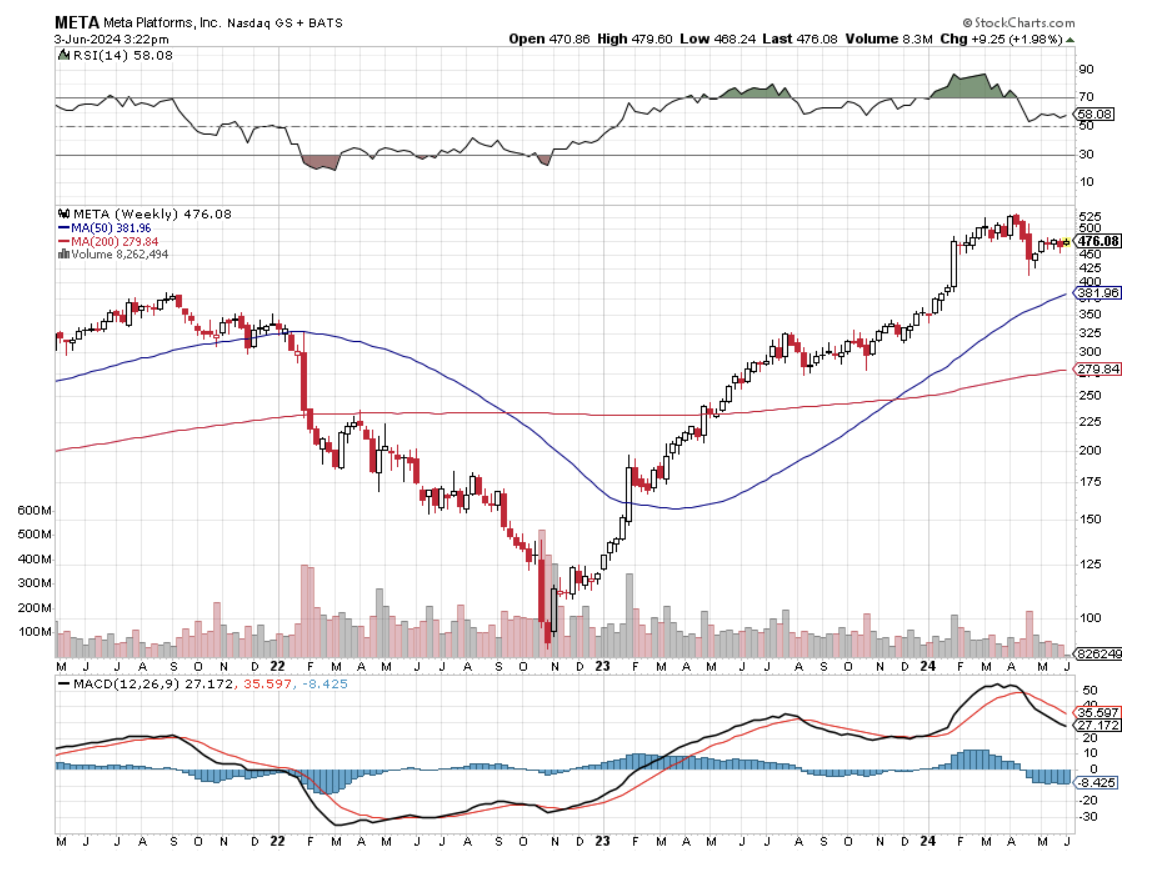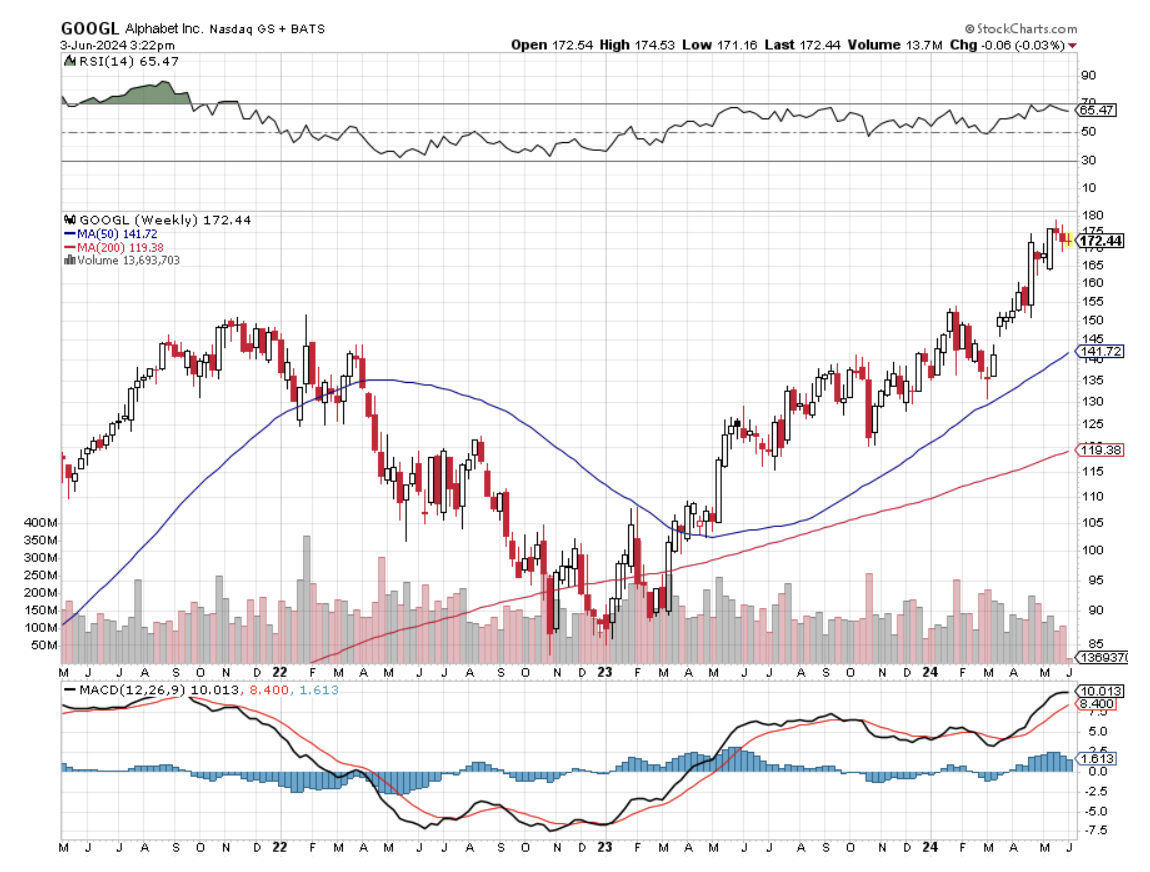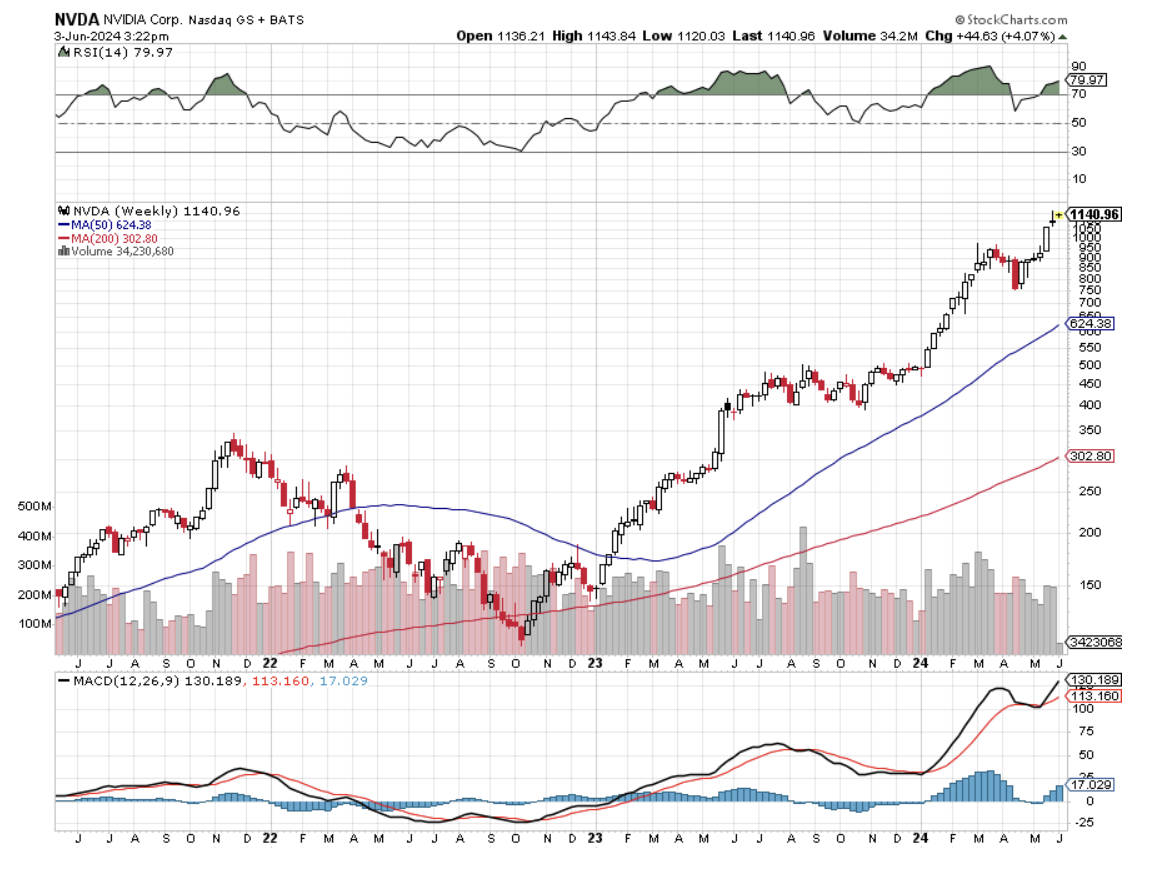
The current nuclear winter in the EV industry is the worst in the history of the industry and there has been no worse affected supplier than the lithium industry.
Flattening sales and increased competition have smashed the share prices of companies like Tesla (TSLA) and many smaller entrants are unlikely to make it out alive.
But conditions can’t remain this horrible forever and there are some fantastic long-term bargains to be had among the big lithium miners for the patent and the discipline.
Would you be interested in buying a commodity that will become the basis for the global economy for the second half of the 21st century?
How about a commodity that is about to see a 100 times increase in demand. It will also become the world’s most widely traded commodity.
The market for Lithium (Li) is about to explode. What we are witnessing now is nothing less than the transition from a carbon to a lithium-based economy. This is a big deal.
I mention this now because we have just been blessed with a great entry point for the entire sector. The government of Chile has raised its lithium mining quota by 400%, causing all shares in the sector to crater.
But this is just a temporary setback. Global demand should handily grow into the new supply.
This is not a new trade for us. I first started writing about lithium in 2009, piling readers into Chile’s Sociedad Quimica Y Minera (SQM), bringing in a handy 440% pop-off the lows (click here for “The Skinny on Lithium” ).
After that, the stock was demolished by the peaking in 2013, and the subsequent collapse of oil prices which took down the entire lithium, rare earth, solar, and alternative energy space. At the end of the day, it’s all one trade about energy.
We saw an almost perfect double bottom in 2015, and since then, the stock has tacked on another perfect 440% gain. We are now plumbing new lows.
Except that this time, it’s different.
Back in 2009, when (SQM) began its first springboard move, the global electric car industry was but a twinkle in Elon Musk’s eye. Lithium demand was limited to use in cell phones with tiny batteries.
Fast forward 15 years, and it’s a different world.
Tesla total car production since inception has topped an eye-opening 6 million. It is ramping up to produce 20 million units a year. And dozens of other major car manufacturers also have all-electric models in showrooms.
And here’s the real kicker. A cell phone uses a miniscule average of seven grams of lithium. A Tesla Model-1 uses 10,000 times that quantity!
In the coming years, we will transition from a global lithium glut to a structural shortage. That is great for share prices….everyone’s.
Tesla brought online its lithium-ion battery-producing Gigafactory in nearby Sparks, Nevada, a joint venture with Japan’s Panasonic. A second Gigafactory has already been completed.
It gets better.
Ten states and countries will eventually ban the sale of new internal combustion engines, and the list is growing.
The Netherlands starts in 2025, followed by Germany in 2030, and Britain and France in 2040.
Norway, which ironically is a major oil exporter, wants to go all-electric as soon as possible.
California, which accounts for 20% of all US car sales, is demanding 100% of new car sales be zero emission by 2035. China has a similar phase in.
Adding together the lifetime cost of operating a vehicle, and averaging out the cost per year, Tesla’s are cheaper than running a conventional car TODAY! It will be the market that dictates that all new sales of vehicles go electric, not some government edict.
You just pay for all of the lifetime need for fuel up front, and make it back over time through a zero cost of maintenance.
Add all this up, and total lithium demand should soar to 470,000 by 2025. That’s a lot of lithium.
Until now, the bulk of the world’s lithium is produced by three companies, (SQM) mentioned above, North Carolina-based special chemical maker Albermarle (ALB), and Pennsylvania-based (FMC) Corp.. The rest of the listed lithium-producing companies are all penny stocks.
All three of these companies obtain their lithium supplies in the same corner of Chile, Bolivia, and Argentina which has the unique geology to cheaper surface mine this white, highly reactive metal.
These are referred to as “lithium brines” where the target metal can be easily obtained through a simple crystallization process.
And here’s the dirty little secret of lithium mining. What do these three countries have in common? Cheap labor and the virtual absence of environmental controls. This is why you will never see competitors emerge from the US or Australia.
What could upset the apple cart for lithium? A totally new battery technology based on other elements could emerge to replace lithium.
There are many on the drawing board. This list includes graphene supercapacitors, redox flow, aluminum graphite, solid state, and biochemical batteries, powered roads, and high-output thin film solar panels.
Several of these also use lithium, but not to the extent that existing lithium-ion batteries do.
But some have come close to challenging lithium’s advantages in cost and scale production.
But then in the tech business, you never say never.
I worked on my first electric car at UCLA 50 years ago as part of a graduate engineering project, and I’m surprised that it has taken this long to get this far.
But then massive government subsidies for the oil industry are a hard thing to run against for anyone.
There is a Future in Lithium
The Gigafactory in Sparks Nevada
"The question is not whether Tesla will sell 80,000 or 90,000 cars this year, but whether they will sell 14 million or 15 million in 15 years. I believe they can do it," said Ron Baron of long-term value player, Baron Capital.
Global Market Comments
June 6, 2024
Fiat Lux
Featured Trade:
(JULY 2 VANCOUVER CANADA STRATEGY LUNCHEON),
(TAKE A LEAP INTO LEAPS)
Global Market Comments
June 5, 2024
Fiat Lux
Featured Trade:
(JOIN ME ON CUNARDS QUEEN ELIZABETH FOR MY SATURDAY JUNE 29 ALASKA SEMINAR AT SEA),
(POPULATION BOMB ECHOES)
Come join me in the grand appointments of the Cunard Line’s Queen Elisabeth on an adventurous ten-day cruise through Alaska’s Inside Passage.
The Ship departs from Vancouver, Canada at 10:00 AM on Friday, June 21, 2024 and returns on Monday, July 1. The ship will make day stops at Ketchikan, the Tracy Arm Fjord to view a glacier, Juneau, Haines, the Hubbard Glacier, Sitka, and Victoria. There will be two full days at sea in the North Pacific.
There, I will be conducting the Mad Hedge Fund Trader’s Strategy Luncheon where I will discuss the future of the global financial markets.
I’ll be giving you my up-to-date view on stocks, bonds, currencies, commodities, precious metals, energy, and real estate. I’ll highlight the best long and short opportunities.
And to keep you in suspense, I’ll be tossing a few surprises out there too. Enough charts, tables, graphs, and statistics will be thrown at you to keep your ears ringing for a week. Tickets are available for $499 for the seminar only.
Attendees will be responsible for booking their own cabin through Cunard. They offer everything from an inside stateroom from $799 per person to $26,780 for Q1 deluxe two-bedroom apartment with its own gym and two butlers.
Just visit their website by clicking here or call them directly at 800-528-6273 to make your own arrangements. Only reserve cruise number Q420.
The weather this time of year can range from balmy to tempestuous, depending on our luck. A brisk walk three times around the boat deck adds up to a mile. Full Internet access will be available, for a price, to follow the markets.
Two dinners during the voyage will be black tie, so bring two tuxes or formal dresses. Don’t forget to bring your Dramamine and sea legs, although the ten-year-old, 932-foot-long $1 billion ship is so big I doubt you’ll need them.
The event will be held at the ship’s luxurious Owners Suite, the details of which will be emailed to you with your purchase confirmation.
I look forward to meeting you and thank you for supporting my research.
To purchase tickets for this luncheon, please click here or click the BUY NOW! button above.
Pack your portfolios with agricultural plays like Mosaic (MOS) if Dr. Paul Ehrlich is just partially right about the impending collapse of the world’s food supply.
You might even throw in long positions in wheat (WEAT), corn (CORN), soybeans (SOYB), and rice.
It says a lot that when I update a sector report like this and half the companies have disappeared from takeovers (Potash and Agrium), you should take notice.
The never-dull and often controversial Stanford biology professor told me he expects that global warming is leading to significant changes in world weather patterns that will cause droughts in some of the largest food-producing areas, causing massive famines. Food prices will skyrocket, and billions could die.
At greatest risk are the big rice-producing areas in South Asia, which depend on glacial runoff from the Himalayas. If the glaciers melt, this crucial supply of fresh water will disappear.
California faces a similar problem if the Sierra snowpack fails to show up in sufficient quantities, as it has done in five of the last six years.
Rising sea levels displacing 500 million people in low-lying coastal areas is another big problem.
One of the 92-year-old professor’s early books The Population Bomb was required reading for me in college in the 1960s, and I used to drive up from Los Angeles to Palo Alto just to hear his lectures (followed by the obligatory side trip to the Haight-Ashbury).
Other big risks to the economy are the threat of a third-world nuclear war caused by population pressures, and global insect plagues facilitated by a widespread growth of intercontinental transportation and globalization.
And I won’t get into the threat of a giant solar flare frying our electrical grid. That is already well covered on the Internet.
“Super consumption” in the US needs to be reined in where the population is growing the fastest. If the world adopts an American standard of living, we need four more Earths to supply the needed natural resources.
We must raise the price of all forms of carbon, preferably through taxes, but cap and trade will work too. Population control is the answer to all of these problems, which is best achieved by giving women education, jobs, and rights, has already worked well in Europe and Japan, and is now unfolding in Latin America.
All sobering food for thought. I think I’ll skip that Big Mac for lunch.
Is There Room for Me?
“The circulation of confidence is better than the circulation of money,” said President James Madison, America’s fourth president.
Global Market Comments
June 4, 2024
Fiat Lux
Featured Trade:
(The Mad June traders & Investors Summit is ON!)
(THE BIGGEST “TELL” IN THE MARKET RIGHT NOW),
(GOOGL), (FRC), (PINS), (WORK), (UBER),
(ADSK), (WDAY), (SNE), (NVDA), (MSFT)
The Fed has stopped raising interest rates, inflation is falling, and tech stocks are on fire!
What should you do about it?
Attend the Mad Hedge Traders & Investors Summit from June 4-6. Learn from 28 of the best professionals in the market with decades of experience and the track records to prove it.
Every strategy and asset class will be covered, including stocks, bonds, foreign exchange, precious metals, commodities, energy, and real estate.
Get the tools to build an outstanding performance for your own portfolio.
Best of all, by signing up, you will automatically have a chance to win up to $100,000 in prizes.
Usually, access to an exclusive conference like this costs thousands of dollars. You can attend for free!
Listening to this webinar will change your life! To register, please click here.
I am constantly looking for “tells” in the market, little nuggets of information that no one else notices, but give me a huge trading advantage.
Well, there is a big one out there right now. The bottom feeders are pouring into San Francisco commercial real estate, taking advantage of valuations that sometimes reach negative numbers. Owners are walking away from buildings, mailing in the keys, and going into default rather than keeping up mortgage payments. What’s worse is refinancing at today’s lofty rates. That’s what you would expect with a 36% vacancy rate.
The message for you traders is loud and clear. You should be picking up the highest quality technology growth stocks on every substantial dip, such as Microsoft (MSFT), Amazon (AMZN), Alphabet (GOOGL), Meta (META), and NVIDIA (NVDA). For they all know some things that you don’t. Their businesses are about to triple, if not quadruple over the coming decade thanks to AI. For every abandoned building out there are 200 new AI start-ups taking advantage of today’s bargain basement rates, and ALL of them use the services of the five companies above.
Technology stocks, which now account for an eye-popping 30% of stock market capitalization, will make up more than half of the market within ten years, much of that through stock price appreciation. And they are all racing to lock up the office space with which to do that….now.
San Francisco office rents reached a record pre-pandemic as the continued growth of tech — now turbocharged by nearly $100 billion in new capital raised in a series of initial public offerings — met a severe space crunch.
Asking rents rose to a staggering $84.16 per square foot annually for the newest and highest quality offices in the central business district, and citywide asking rents for such spaces, known as Class A, were up over 9% from the prior year. The citywide office vacancy rate was 5.5% in June, down from 7.4% a year ago.
In addition, local Bay Area home prices could get a turbocharger by the fall, when interest rates are expected to start falling.
San Francisco companies that have gone public continue to grow by leaps and bounds. Pinterest (PINS), Slack (WORK), and Uber (UBER) also signed office leases this year, with room for thousands of new employees.
Tech companies Autodesk (ADSK) and Glassdoor also signed deals at 50 Beale St. in the spring. In a sign of the city’s rapidly changing economy, old-line construction firm Bechtel and Blue Shield, the legacy health insurer, are both moving out of 50 Beale St. Sensor maker Samsara, software firm Workday (WDAY), and Sony’s (SNE) PlayStation video game division also expanded.
Globally, San Francisco has the seventh-highest rents in prime buildings. It’s still behind financial powerhouses Hong Kong, London, New York, Beijing, Tokyo, and New Delhi (San Francisco’s average office rents beat out New York.)
Only a handful of new office projects are being built, and future supply is further constrained by San Francisco’s Proposition M, which limits the amount of office space that can be approved each year. That is creating a steadily worsening structural shortage. Only two large office projects are under construction without tenant commitments.
Suddenly, it’s Not Crowded in San Francisco

